The Evolution of Visual Storytelling in Modern Media
1. Introduction to Visual Storytelling: Definitions and Historical Context
Visual storytelling is the art of communicating narratives primarily through visual media such as images, symbols, and sequences of moving or static visuals. Historically rooted in cave paintings, hieroglyphs, and later illuminated manuscripts, it has evolved alongside human civilization, serving as a universal language transcending linguistic barriers. Over time, the methods of storytelling transitioned from oral traditions to written texts, then to visual arts, and eventually to mass media including photography, film, and digital platforms.
The significance of visual narratives lies in their immediacy and emotional resonance. They enable humans to share complex stories quickly and effectively, fostering cultural cohesion and collective memory. For example, early cave paintings like those in Lascaux provided prehistoric communities with visual accounts of hunting and spiritual beliefs, illustrating the deep-rooted role of imagery in human communication.
This transition from traditional to modern media reflects technological innovations. The advent of the printing press, photography, cinema, and digital media has continually expanded the possibilities for storytelling, making visual narratives more accessible and immersive. Today, digital platforms enable creators to craft multi-layered stories that blend images, sound, and interaction seamlessly.
2. The Foundations of Modern Visual Storytelling
Modern visual storytelling hinges on several key elements that shape how stories are perceived and understood:
- Imagery: The primary vehicle for conveying characters, settings, and moods.
- Symbolism: Visual metaphors that add layered meaning and cultural depth.
- Pacing: Control of rhythm and timing to build suspense or emotional impact.
- Perspective: Choice of viewpoint influences audience engagement and narrative focus.
Technological advances have radically influenced these elements. For instance, digital editing tools allow precise manipulation of imagery and pacing, while high-resolution displays enhance the clarity and emotional intensity of visual elements. Furthermore, the rise of audience interactivity—seen in social media, interactive films, and video games—has shifted storytelling from passive reception to active participation.
3. The Impact of Digital Media and Technology on Visual Narratives
Digital platforms such as YouTube, Instagram, and TikTok have democratized storytelling, enabling anyone with a device to share visual stories with global audiences. This expansion has led to a diversification of narratives, styles, and formats, fostering a richer cultural landscape.
Multimedia integration—combining images, video, sound, and interactivity—has transformed storytelling into immersive experiences. For example, augmented reality (AR) apps overlay digital visuals onto real-world environments, creating engaging narratives that blend physical and virtual spaces.
A compelling case study of this evolution is how video games exemplify modern visual storytelling. These interactive media combine rich graphics, sound design, narrative complexity, and player agency, creating environments where stories unfold dynamically based on user choices. For instance, games like free demo le king demonstrate how integrating folklore, setting, and music can craft layered, engaging worlds.
4. Video Games as a Convergence Point for Visual and Interactive Narratives
From simple pixel graphics to immersive 3D worlds, video games have evolved into complex storytelling environments. Modern titles feature detailed graphics, nuanced characters, and branching narratives that empower players with agency—allowing them to influence story outcomes.
Narrative complexity is often enhanced by environmental storytelling, soundtrack design, and cultural references embedded within the game. For example, the game «Le King» serves as a modern illustration of these principles, utilizing setting, folklore, and music to deepen engagement and convey layered stories.
This convergence exemplifies how visual and interactive elements work together to create compelling narratives, making video games a potent medium for storytelling innovation.
5. Cultural and Folklore Influences in Visual Storytelling
Cultural symbols and mythology are integral to enriching visual narratives, providing authenticity and deeper meaning. Folklore characters, motifs, and stories—such as the clever raccoon trickster in North American tales—offer archetypes that resonate across cultures and generations.
Modern media leverages these cultural references to add layers of authenticity and emotional depth. For example, incorporating folklore elements into a game’s setting or characters can evoke familiar themes, enhancing player immersion and cultural appreciation. This approach fosters storytelling that is both engaging and rooted in collective cultural memory.
6. The Role of Sound and Music in Enhancing Visual Narratives
Soundtracks and audio cues significantly influence emotional engagement and narrative tone. The right musical accompaniment can evoke nostalgia, tension, or joy, shaping how audiences perceive the story.
In the context of modern media, sound design often works in tandem with visuals to create cross-modal storytelling experiences. For instance, in «Le King,» Elvis-inspired guitar riffs foster a nostalgic atmosphere that complements the visual style and folklore themes, illustrating how audio elements reinforce narrative layers.
Integrating sound and visuals—known as cross-modal storytelling—enhances immersion, making stories more memorable and emotionally impactful.
7. Non-Obvious Dimensions of Modern Visual Storytelling
Beyond traditional elements, understanding the psychology of visual perception reveals how viewers process and interpret visual cues—affecting narrative reception. Gestalt principles, such as figure-ground and closure, guide how audiences assemble visual information into coherent stories.
Ethical considerations are increasingly prominent, especially regarding representation, cultural appropriation, and bias in visual narratives. Responsible storytelling demands sensitivity to diverse perspectives, fostering inclusivity and authenticity.
Emerging technologies like AR and VR are poised to revolutionize future narratives by offering fully immersive experiences. These tools enable creators to craft stories where audiences can explore environments interactively, blurring the line between fiction and reality.
8. Case Study: «Le King» as a Modern Illustration of Visual Storytelling
While «Le King» exemplifies contemporary storytelling, its principles are rooted in timeless techniques. The game’s setting in «Spin City» enhances narrative context through detailed environments that evoke nostalgia and folklore. The soundtrack reinforces themes with Elvis-inspired riffs, creating a distinctive atmosphere.
Cultural references, such as folklore motifs, add layers of meaning and engagement. The integration of visual, auditory, and cultural elements exemplifies how modern media can craft multi-dimensional stories that resonate deeply with audiences.
9. Future Trends and Challenges in Visual Storytelling
Advancements in artificial intelligence and machine learning hold promise for generating personalized, dynamic narratives that adapt to individual preferences. These technologies can create stories that evolve in real-time, offering unique experiences for each user.
However, balancing innovation with cultural authenticity remains a challenge. Creators must ensure that technological progress does not diminish cultural richness or lead to homogenized content.
Accessibility and inclusivity are vital for the future, ensuring that diverse audiences can engage with and enjoy visual stories regardless of physical or cognitive abilities. Designing universally accessible narratives will expand the reach and impact of visual storytelling.
10. Conclusion: Synthesizing the Evolution and Future of Visual Storytelling
The journey of visual storytelling reflects a continuous interplay between cultural expression and technological innovation. From prehistoric cave paintings to immersive VR environments, each advancement enriches how stories are crafted and experienced.
As new tools emerge, the importance of integrating cultural authenticity with technological sophistication grows. Media creators today have unprecedented opportunities to craft stories that are not only engaging but also meaningful and inclusive.
«The future of visual storytelling lies in blending tradition with innovation, creating immersive narratives that resonate across cultures and generations.» — Industry Expert
By understanding the principles outlined above and exploring examples like «Le King,» creators can harness the power of modern media to craft impactful, layered stories that captivate audiences now and in the future.


